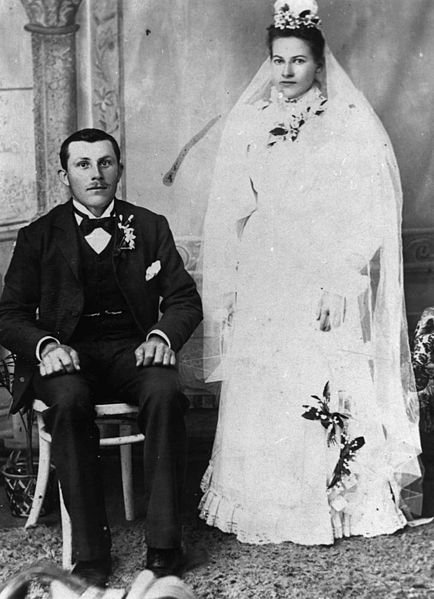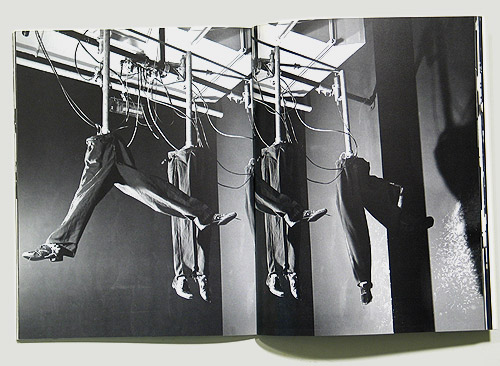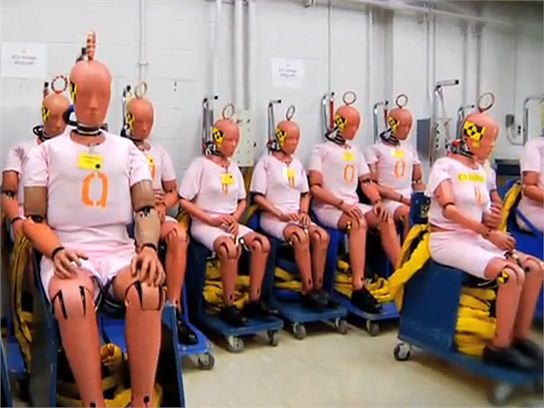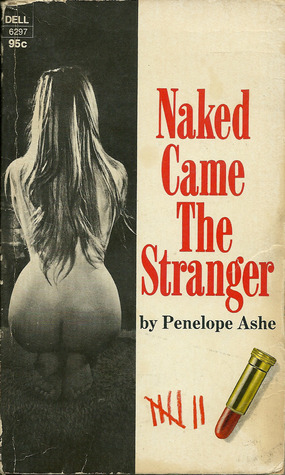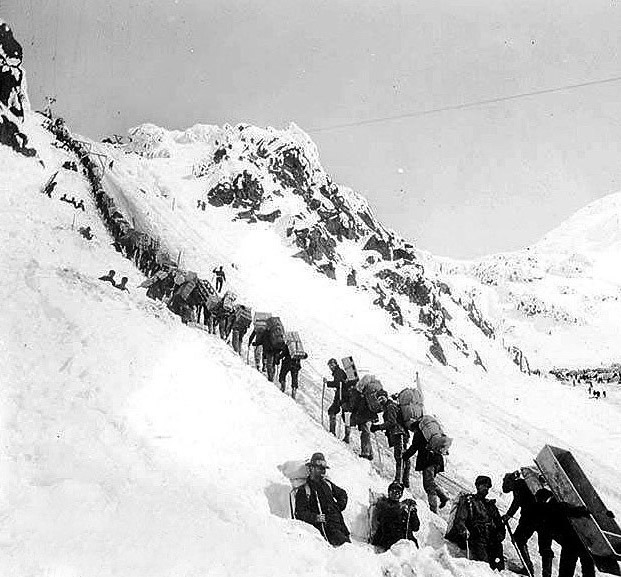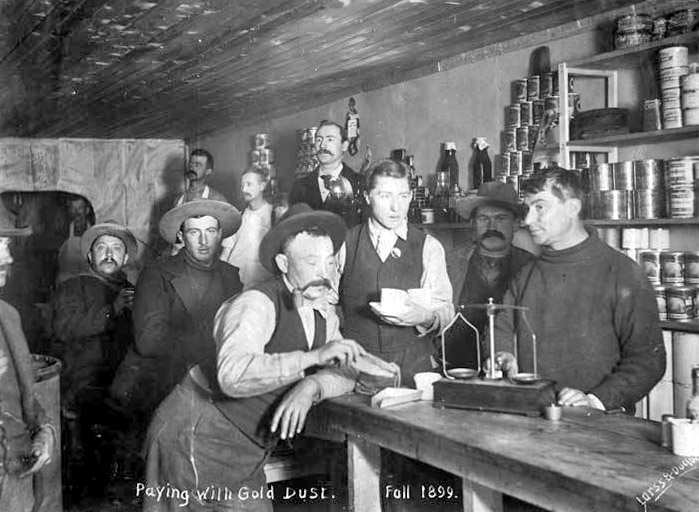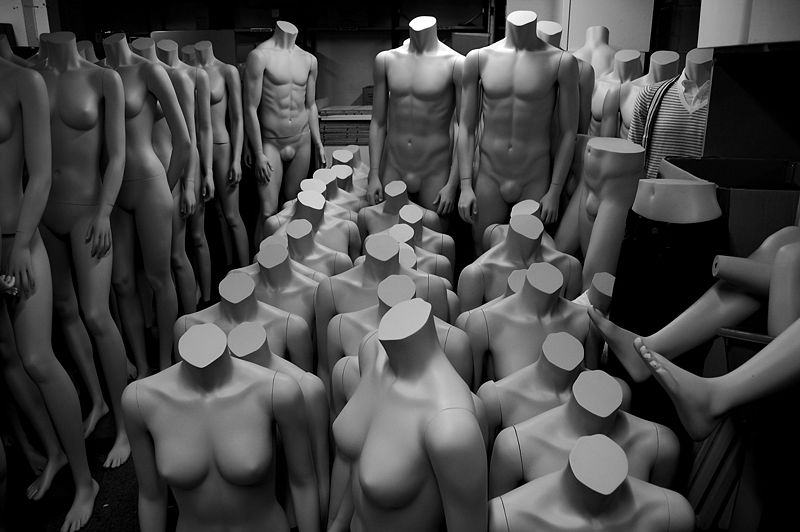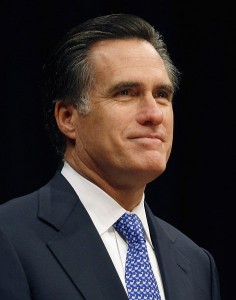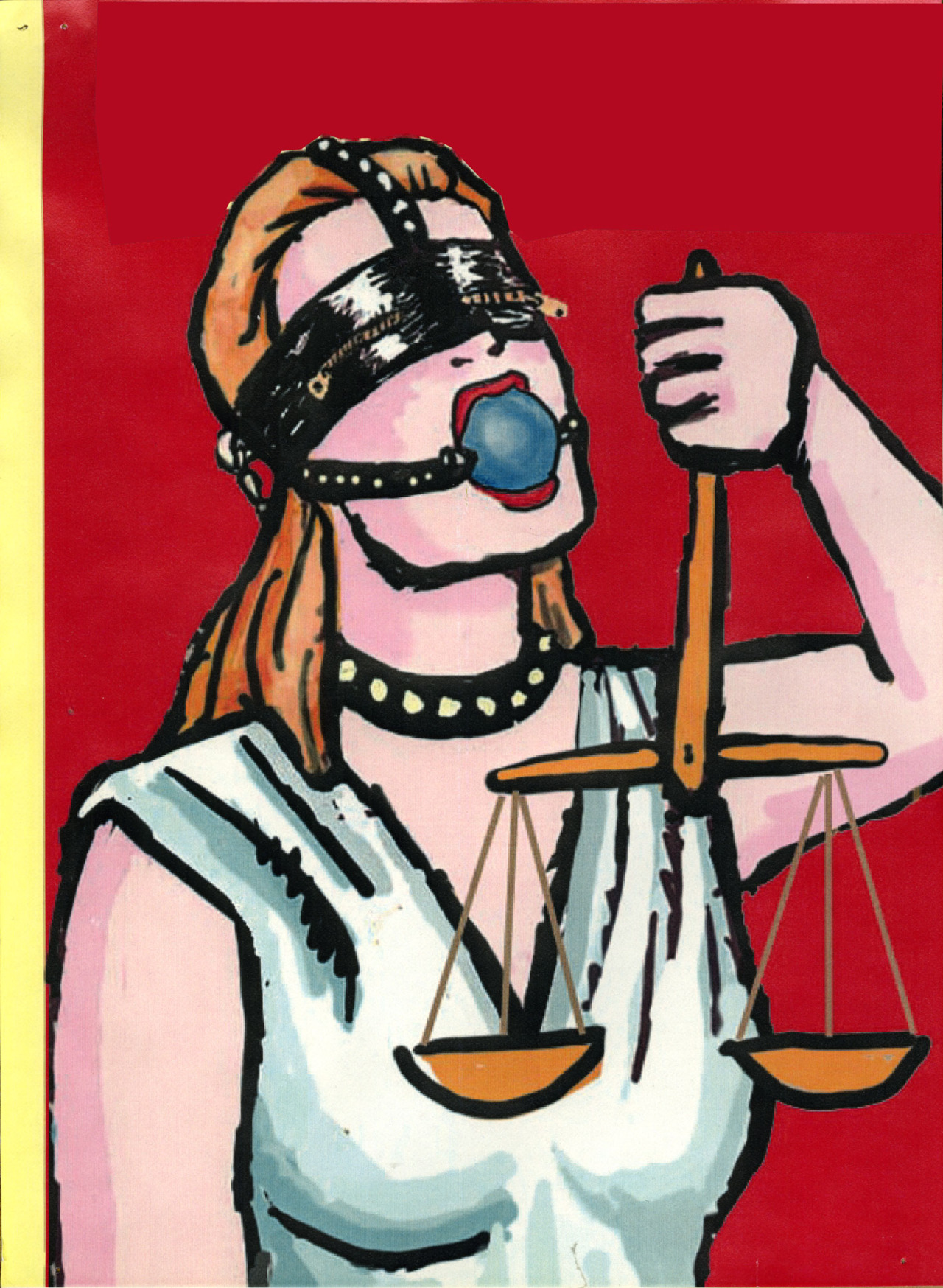Humans may have been aided by a heretofore unnamed ally in outlasting Neanderthals–dogs. From Megan Garber at the Atlantic:
“What happened? What went so wrong for the Neanderthals — and what went so right for us humans?
The cause, some theories go, may have been environmental, with Neanderthals’ decline a byproduct of — yikes — climate change. It may have been social as humans developed the ability to cooperate and avail themselves of the evolutionary benefits of social cohesion. It may have been technological, with humans simply developing more advanced tools and hunting weapons that allowed them to snare food while their less-skilled counterparts starved away.
The Cambridge researchers Paul Mellars and Jennifer French have another theory, though. In a paper in the journal Science, they concluded that ‘numerical supremacy alone may have been a critical factor’ in human dominance — with humans simply crowding out the Neanderthals. Now, with an analysis in American Scientist, the anthropologist Pat Shipman is building on their work. After analyzing the Mellars and French paper and comparing it with the extant literature, Shipman has come to an intriguing conclusion: that humans’ comparative evolutionary fitness owes itself to the domestication of dogs.
Yep. Man’s best friend, Shipman suggests, might also be humanity’s best friend. Dogs might have been the technology that allowed early humans to flourish.”







